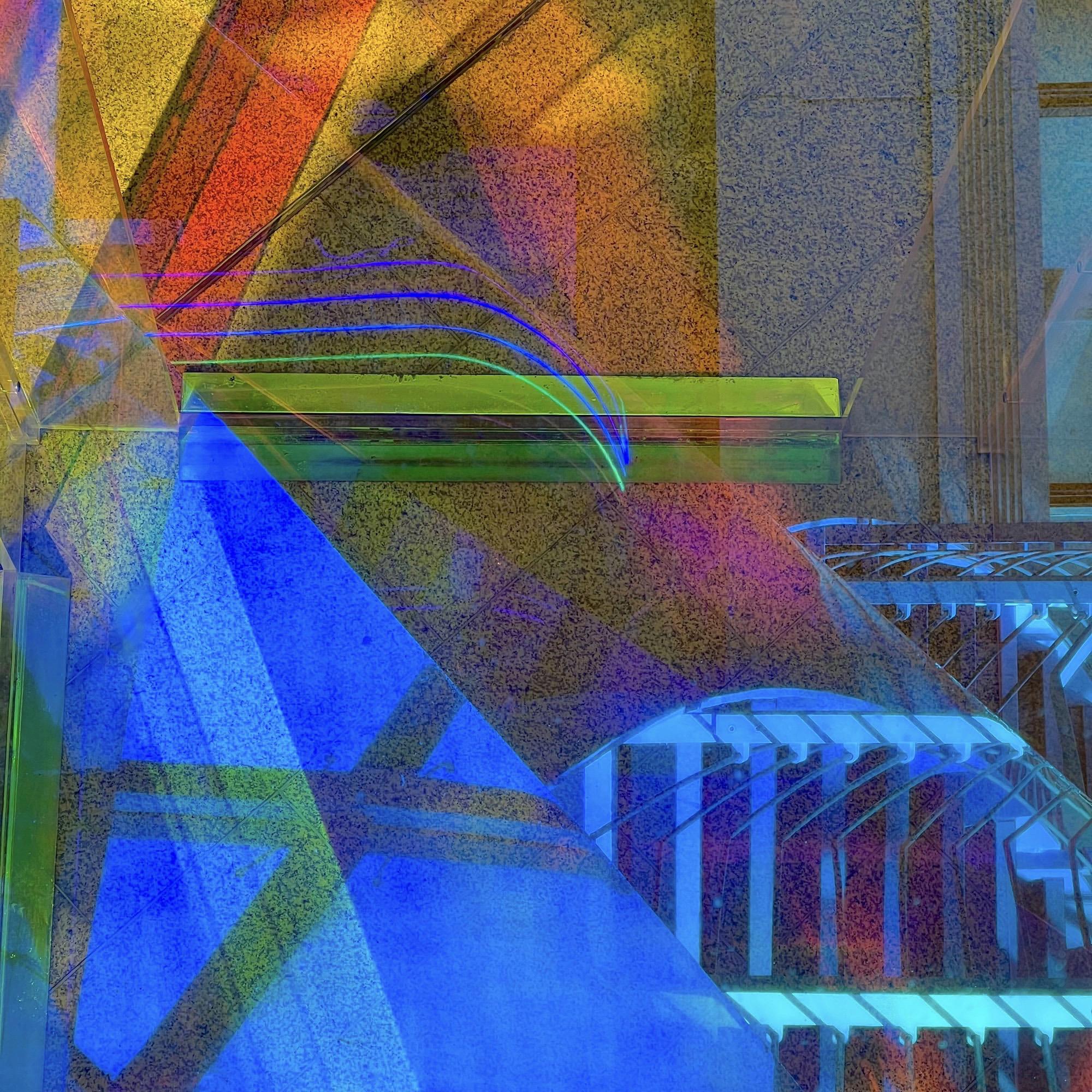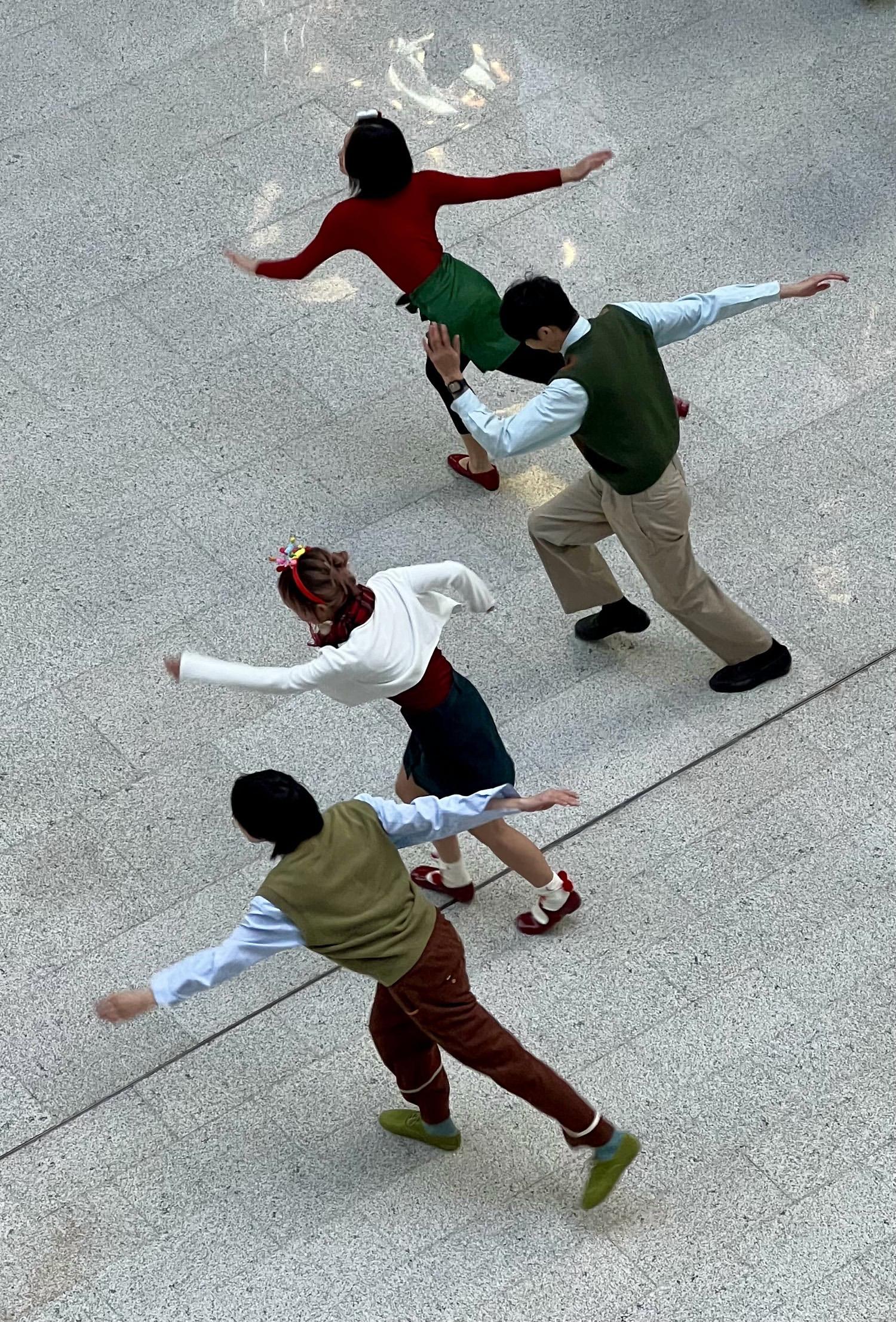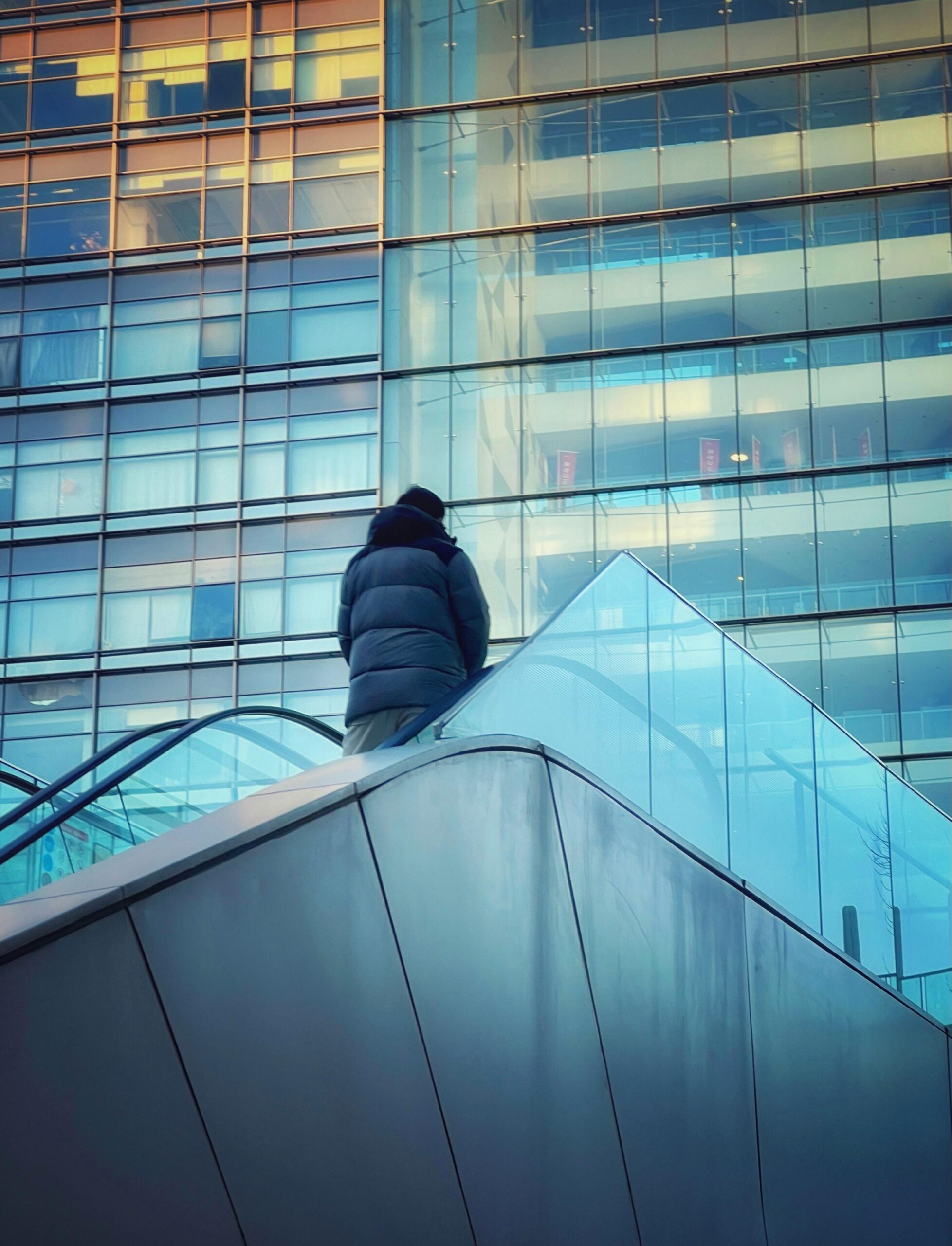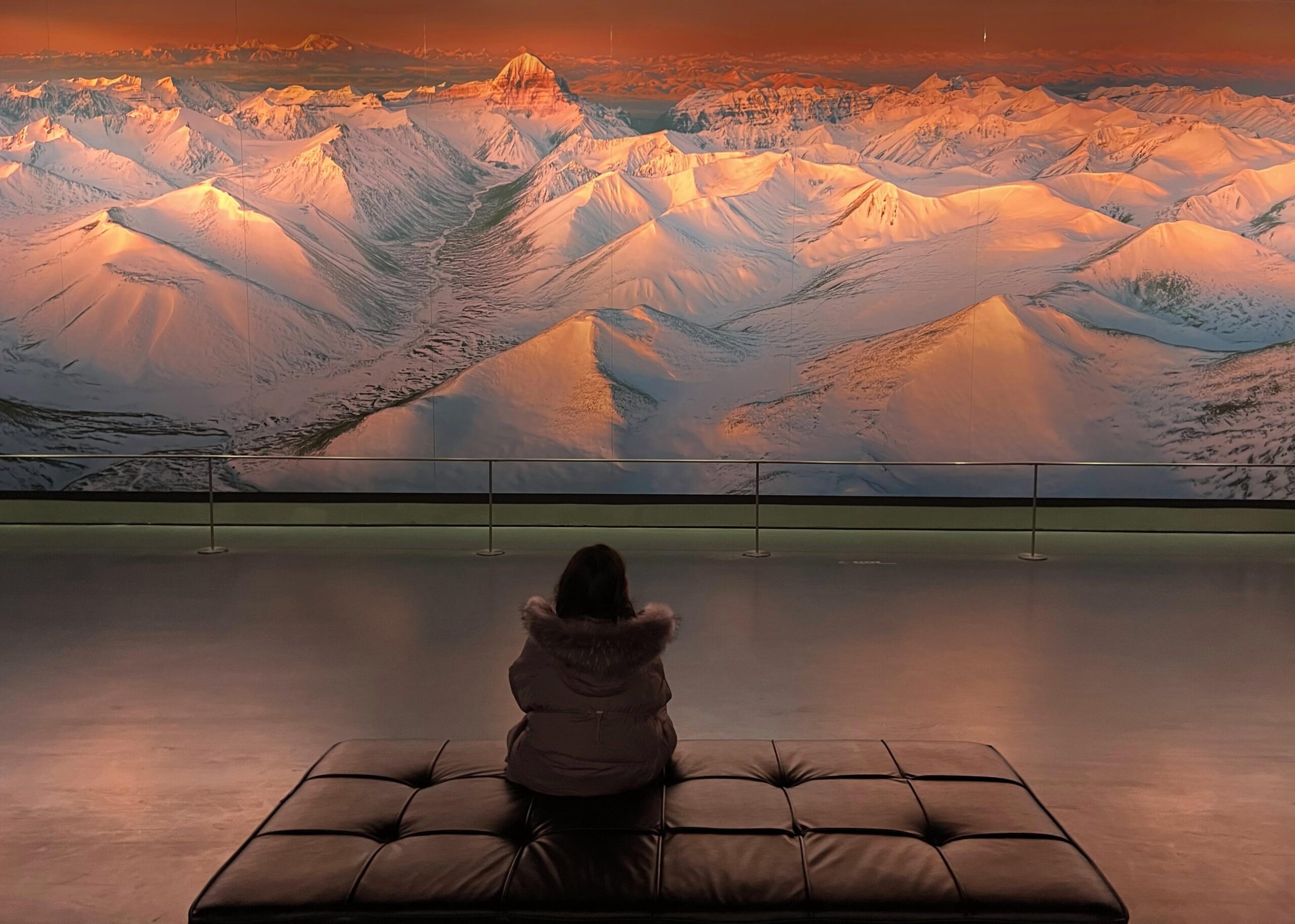Since the advent of the iPhone, the adage that the best camera is the one that you always have with you has never been truer. But, can you really do justice to one of the world’s most remarkable cities with a phone camera? I recently put this idea to the test. You can be the judge of how well my eminently pocketable companion performed in capturing Beijing by iPhone.
With every new model, Apple has refined the camera systems in the iPhone, making it ever more powerful. While they can’t replace a DSLR or mirrorless camera for ultimate quality, they can make a useful alternative. Especially if you want to travel light. Obviously, an iPhone isn’t the right choice of photographic equipment for a one-off trip of a lifetime. But, it’s a great way to get a new perspective on a place you’re already familiar with.
I’ve visited Beijing many times since 2001, as my wife hails from there. Covid restrictions had stopped us from visiting since 2020. So, we were excited to travel there again in December 2023, without the hassle of health declarations and pre-flight testing.
Beijing by iPhone 13 Pro
Over the years I’ve photographed the city with various camera systems, including a Canon EOS 5D, OM-D E-M5 and a Fuji XT2. This time I decided to travel light and use my iPhone as the main picture making device. I have an iPhone 13 Pro. Its built-in camera is still good, even though it’s now a couple of generations behind the latest models. I edited the images on my iPad Pro, using Apple’s own software built into the Photos app. I don’t have Lightroom Mobile, as I’m not a fan of Adobe’s subscription model.
Apart from a couple of RAW files, when I felt that the image needed extra resolution, I shot in JPG. However, the RAWs do take up a lot more room. And, they can eat into both your phone’s storage and your iCloud allowance.
When we arrived we found the weather to be typical for Beijing in winter: sunny and bright but bitterly cold! Happily, these conditions do give plenty of light for photography, with the added bonus of fewer people around.
Malls and Parks
Beijing is a city of malls and parks, and these include many art-focused areas that have sprung up recently. The Parkview Green mall is one that often has interesting installations and exhibitions. When I visited, there was an art installation comprising large coloured Perspex panels. These were arranged as rooms, making for some fascinating shots. However, what caught my attention was the stainless-steel cladding on the escalators. These yielded some great abstract reflection shots, reassuring me that capturing Beijing by iPhone might well work out OK. The mall also has an excellent café and art gallery.
I was also lucky enough to capture a demonstration by a local dance studio. Initially, I was puzzled as to how to best photograph the dancers. I then realised the first floor gallery offered the best perspective. I set the iPhone camera to the 3x telephoto setting, which gave me a good shot.
The 798 Art District, located in a disused electronics factory in northeast Beijing, has long been renowned for its galleries and shops. It is well worth checking out, although it can get crowded, even in winter. Other similar areas are now springing up, for example, at Langyuan Station in northeast Beijing. This is a disused railway terminus, originally serving several textile factories.
When we visited, many shops were closed for the winter. Fortunately, there was an interactive exhibition about rainforests which was open, offering a much-needed opportunity to warm up. Plus, we had a chance to interact with various lizards and snakes! The architecture of the station is striking, and there are trails to explore alongside the disused railway tracks.

Zaha Hadid design
A trip to the Galaxy SOHO complex is always rewarding and should be on the list for anyone visiting Beijing. This is a retail/office complex designed by the late architect Zaha Hadid, showcasing her signature style. It was completed between 2009 and 2012, and thriving before the pandemic.
Since the lockdown, several of the shops and coffee bars seem to have closed. But, with Beijing coming out of lockdown later than the rest of the world, I’m sure it will soon recover. The futuristic architecture provides some great photo opportunities, especially in low winter light. This is another place where my decision to photograph Beijing by iPhone, especially using its telephoto lens, proved to be a good call.
Luo Hong Art Museum is another venue worth seeking out, about a half hour taxi ride northeast of central Beijing. Luo Hong is a Chinese entrepreneur who originally made his money founding the upmarket Holiland bakery chain of shops and cafés. This has given him the freedom to indulge his hobby of photography. He specialises in aerial photographs of mountains and wildlife taken from a helicopter. Specialising in inaccessible locations and views, he has photographed mountain ranges in China, Tibet, Nepal, and South America.
He displays his work in a purpose-built museum on the outskirts of Beijing. A visit starts with a 15-minute film presentation, and then you’re shown into the gallery itself. The photographs are large and of high quality, although the saturation has been turned up a little too high for my taste. The museum building itself is impressive, with landscaped grounds and a good restaurant. It also has its own indoor Koi Carp pond containing some massive fish. They’re not on the menu, though!
The Great Firewall of China
One thing that any visitor to China needs to bear in mind is that access to the Western internet is difficult. This is especially relevant if you’re shooting Beijing by iPhone, hoping to post to social media. Instagram, Facebook, and anything linked to Google, including Gmail, are blocked. So, you’ll need a good VPN (virtual private network) to stay in contact with the outside world. Unfortunately, a free VPN won’t cut it; you’ll need to use a paid one to stand a chance of getting past the Great Firewall.
China is a destination where you come away feeling that you’ve been somewhere fundamentally different from the everyday. Even though I’ve been there many times, I feel I’ve only just scratched the surface. This has only sharpened my appetite to explore further.
Join the Macfilos subscriber mailing list
Our thrice-a-week email service has been polished up and improved. Why not subscribe, using the button below to add yourself to the mailing list? You will never miss a Macfilos post again. Emails are sent on Mondays, Wednesdays, and Fridays at 8 pm GMT. Macfilos is a non-commercial site and your address will be used only for communications from the editorial team. We will never sell or allow third parties to use the list. Furthermore, you can unsubscribe at any time simply by clicking a button on any email.























Great article and photos, thanks for sharing Richard. You captured some interesting perspectives of Beijing that I have not seen before. I also visited there a few weeks back – the city is no longer the Beijing I knew when I first visited there over 15 years ago and then the second visit 10 years ago.
Also well done for passing the fire wall!
I have what may be a common prejudice here, that you can only do wide photos with a phone. I was very surprised to see your wonderful composition ‘dance moves’! Besides being a really nice photo, it was educational for me 🙂
Thanks Kathy, the iPhone 13 Pro has a small telephoto lens which proved invaluable for this photo!
Great article, Richard, and welcome to the happy band of Macfilos authors. In common with most readers (I imagine) I am often amazed at the results from my smartphone. Computational photography seems to work wonders, and it is no surprise that photography has become so much more popular in the past ten years. While some see the dominance of the smartphone as a negative influence on the camera market, I think it is having the positive effect of encouraging more users to try a purpose-built camera for the first time. True, the smartphone has killed the point-and-shoot market, but higher-end models are still in demand.
I find I am using the iPhone more and more these days, and regard it as my camera-in-the pocket that is always there. Whereas, in the past, I seldom left home without a small camera (at least), I now no longer fear missing something because the iPhone can do such a good job — as you have proved in this article.
Mike
This inspired me to check out a couple of articles at PetaPixel — new to me, anyway!
Computational Photography: What is It and Why Does It Matter?
The Limits of ‘Computational Photography’
I’ll avoid passing any judgements like ‘what a wonderful world we live in’ or ‘the world is sliding into darkness’
Thanks for your kind comments Mike.